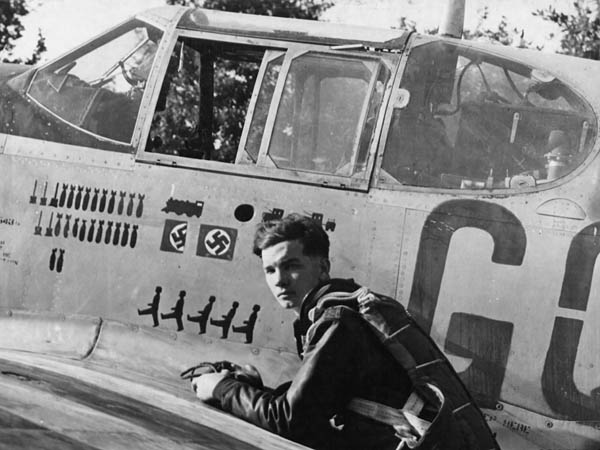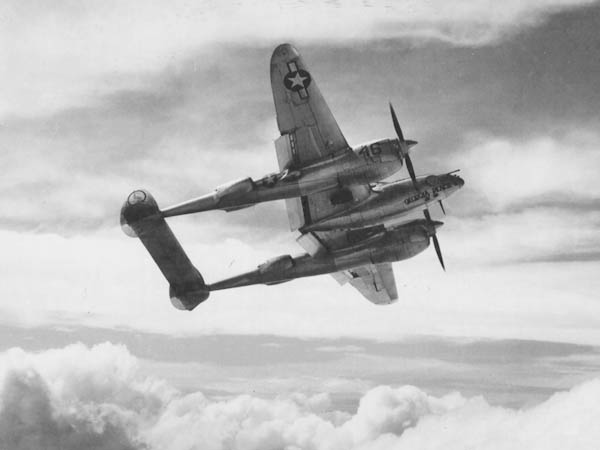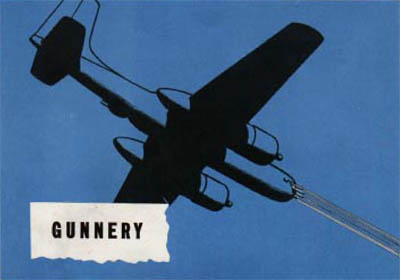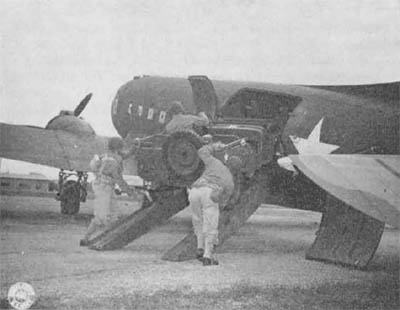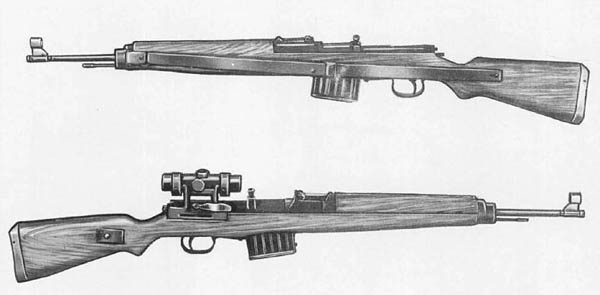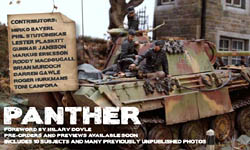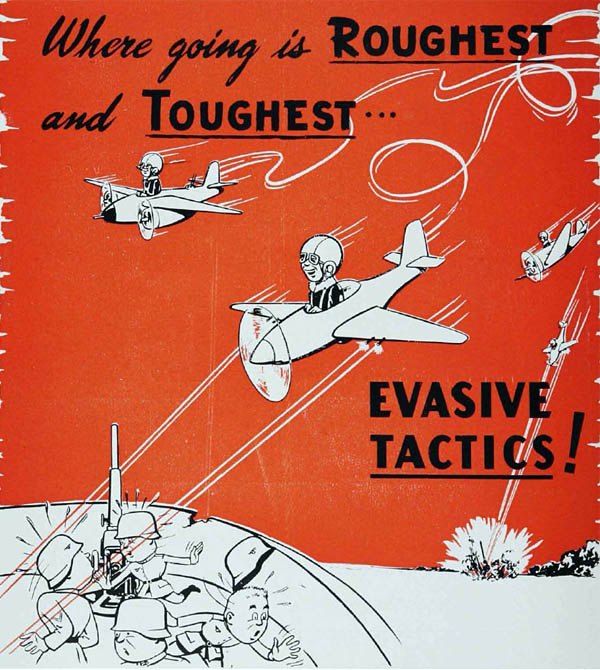Comments on the bazooka from Report of the New Weapons Board, Office of the Commanding General, Army Service Forces, Washington, D.C., April 1944.
2.36″ Rocket and Launchers
a. The feeling existed in both theaters that the 2.36″ rocket had been oversold. This feeling was accompanied by question as to the effectiveness and accuracy of the 2.36″ HE AT rocket. In view of this, the Board incorporated a 2.36″ rocket show into each demonstration. The entire renovation of the original launcher and rocket was explained. The explanation included a description of the new wagon-wheel pulpit trap and its function. To demonstrate the safety of the launcher, a launcher which had had two rocket motors exploded within the wire-wrapped portion was exhibited. Two bazookas were then fired at a tank at an 80-yd. range. Amazement was expressed by many spectators at the accuracy and results which were obtained by inexperienced rocket operators. Each demonstration included the firing of six rounds, and it was the exception when there were less than six hits.
b. Many types of eye and face protection have been improvised by combat troops using the 2.36″ rocket launcher. Some enlisted men use motorcycle goggles. Others use a modified gas mask, the bottom of which has been cut away; still others use the gas mask as issued. One officer stated that he had obtained excellent results with the use of a plexiglass shield attached to the end of the launcher. Some enlisted men are using celluloid or plastic face shields. Some shields are made to cover the eyes only, whereas others cover the entire face. It was reported that the frustrum of a cone, which had been placed on some launchers, does not serve its purpose. It is believed that this problem should be solved completely and that an item which will afford ample face protection at all temperatures should be developed and issued without delay.
c. Brigadier General Arthur H. Rogers, of the North African theater, reported that early in the Italian campaign a number of the 2.36″ rockets carried by his men failed to function. General Rogers stated that these rockets had been carried in ammunition carriers, which hold eight rockets, four in back and four in front. He said that these rockets had been carried fins up, with the fins exposed, and that undoubtedly they had been dragged through mud and water. It was General Rogers’ opinion that the rockets which failed to function failed because moisture entered the motor, although he was not certain that the electrical connection had not been loosened. It is believed that in view of this report the 2.36″ rocket should be given thorough proof tests for resistance against moisture. General Rogers also told the Board of a new way in which he employed the bazookas of his organization during the early part of the Italian campaign. He said that he formed bazooka hunting teams. These teams employed 10 to 12 bazookas in one group and went hunting at night. He said that their operation was most successful and that the ambushing of stationary German combat vehicles in this fashion was relatively simple. He spoke very highly of the 2.36″ rocket and launcher.

